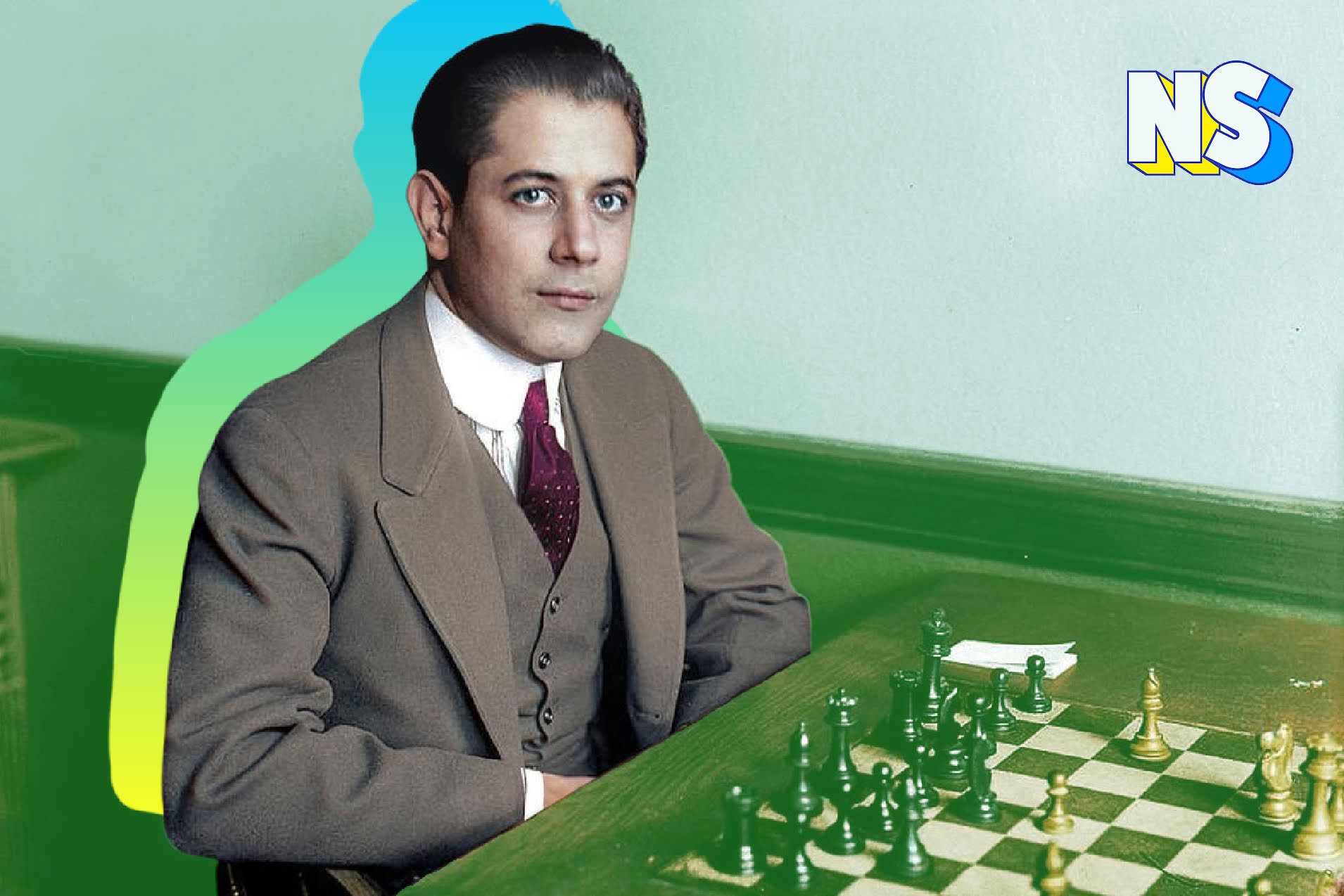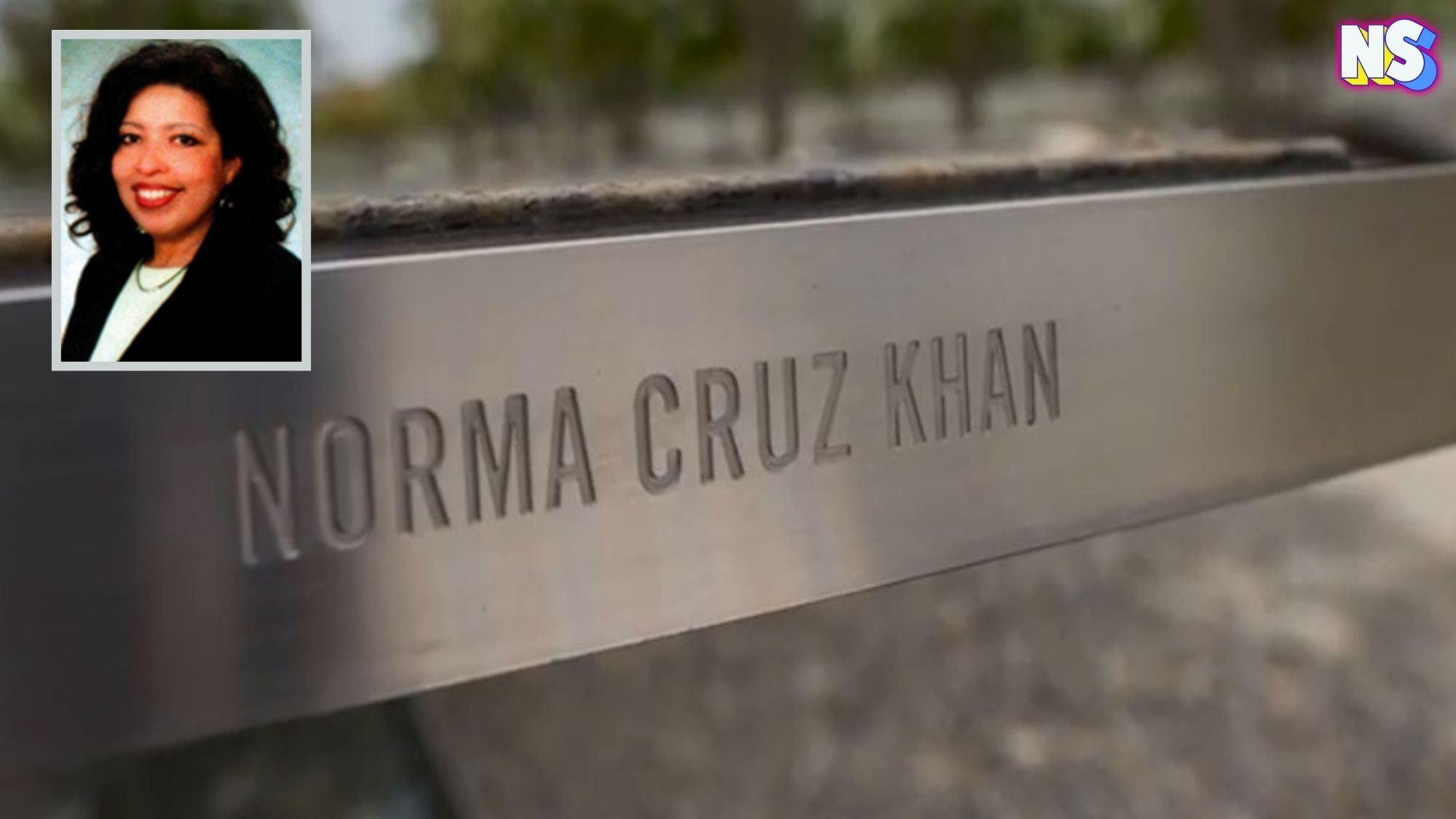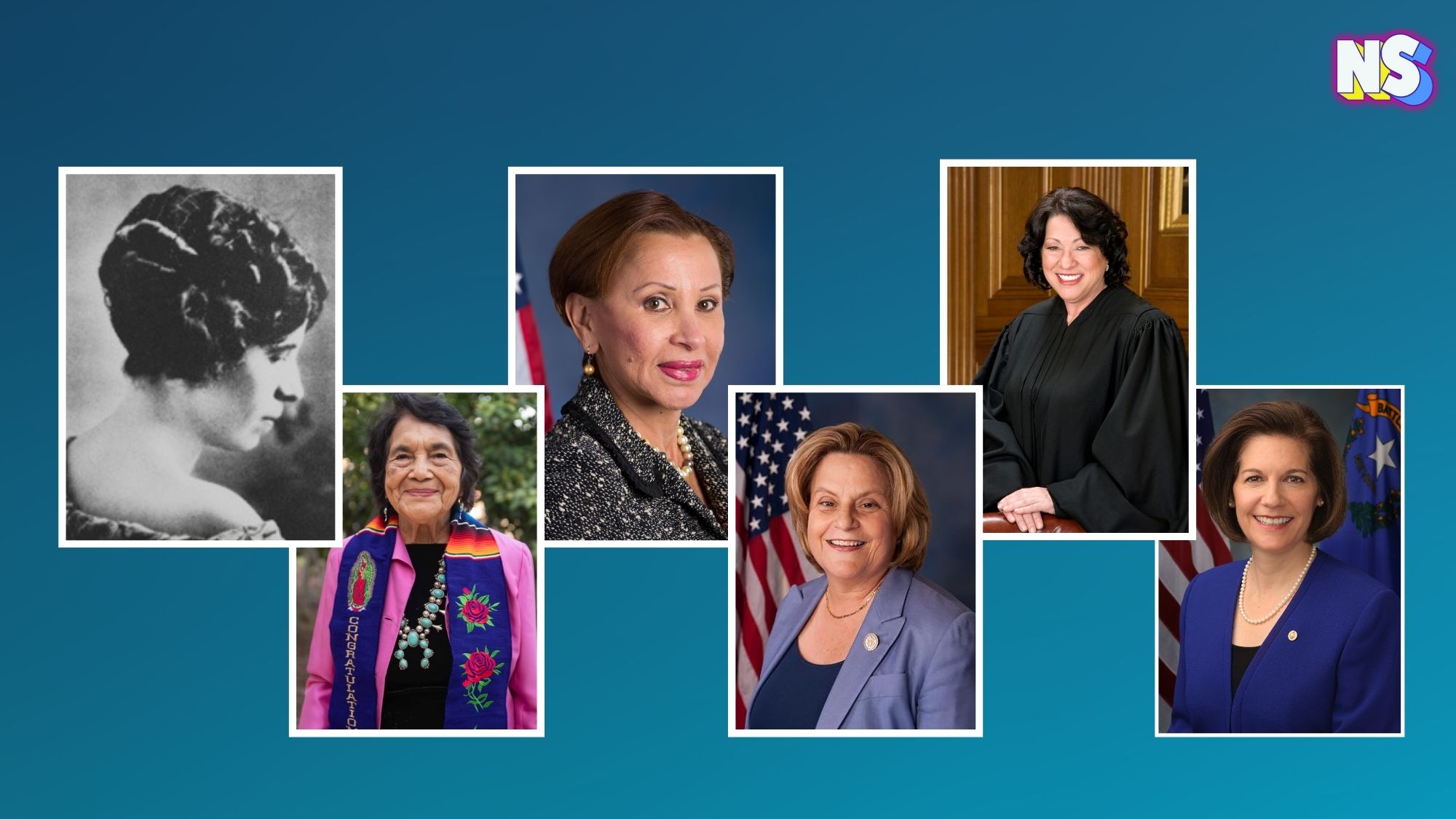Image courtesy of Nuestro Stories.
Did you like The Queen’s Gambit? Well, we Hispanics have a real-life master. Known as the Mozart of Chess or the “Human Chess Machine,” José Raúl Capablanca y Graupera, the second son of a Spanish army officer, is considered one of the best players of his time.
Born in Havana, Cuba, in 1888, Capablanca — a chess prodigy — began playing at the age of four (he learned to play by watching his father) and started playing at the Havana chess club when he was just eight. He defeated the Cuban champion, Juan Corzo, in an informal match in 1901.
Capablanca turned 13 during the match.
During the 1900s, he continued playing and developing. He moved to New York in 1905 to attend Colombia University.
In 1905, he joined the Manhattan Chess Club, soon dominating with his rapid game. A year later, Capablanca won a rapid tournament ahead of the World Champion Emanuel Lasker — known as the most dominant player of all time.
Capablanca dropped out of university and went on to play simultaneous exhibitions in dozens of US cities, winning over 95% of his games. He quickly established himself as one of the top players in the world, especially after the Capablanca – Marshall (1909) New York match win. (Marshall was US Champion, Frank Marshall — a brilliant attacking player.)
Capablanca is known for his exceptional endgame skill and speed of play, his ability to summarily look at a position and quickly come up with what move is best — almost like a computer, hence the nickname the “Human Chess Machine. That and his flawless endgame technique.
An exciting chess game to study is the New York 1918 tournament – Casablanca against Marshall. Marshall played his prepared Marshall Attack of the Ruy Lopez (a popular opening with many variations named after 16th-century Spanish priest Ruy López de Segura) against Capablanca. Still, Capablanca figured out the complications and won.
Capablanca proposed a new variant to be played on a 10×10 board or a 10×8 board, introducing two new pieces. The chancellor had the moves of a rook and knight, and the archbishop combined the moves of a bishop and knight.
Capablanca’s style heavily influenced the styles of later World Champions like Robert James Fischer and Anatoly Karpov. He also wrote several books, including A Primer of Chess, Chess Fundamentals, and My Chess Career.
His famous “invincible” streak extended from February 10, 1916, when he lost to Oscar Chajes in the New York 1916 tournament, to March 21, 1924, when he lost to Richard Réti (he of the Réti Opening and one of the principal proponents of hypermodernism in chess) in the New York International tournament. During this time, he played 63 games, won 40, and drew 23.
Casablanca left the world of chess too soon, but he went as one would imagine he would have liked — in 1942, he collapsed in the Manhattan chess club. His legacy is best summed up by one of his main rivals, former World Champion Lasker: “I have known many chess players, but only one chess genius: Capablanca.”
https://nuestrostories.com/wp-content/uploads/2022/06/Susanne-182×250.jpeg





